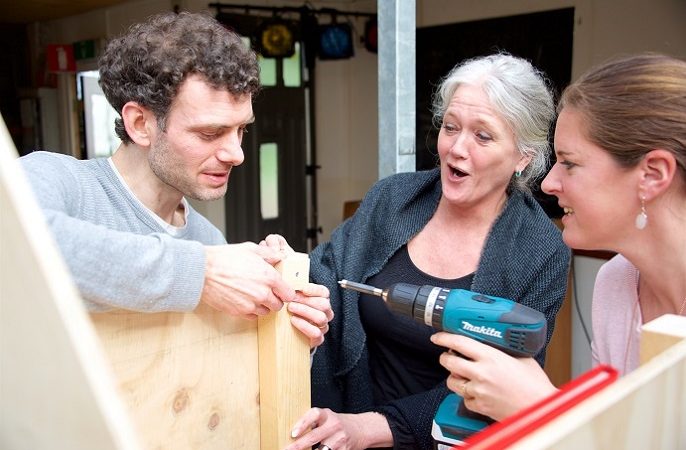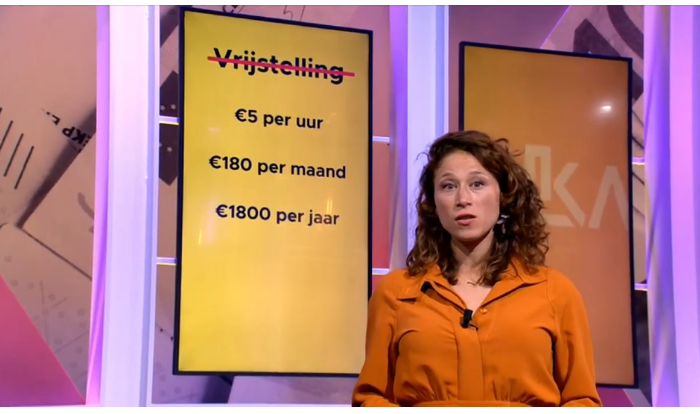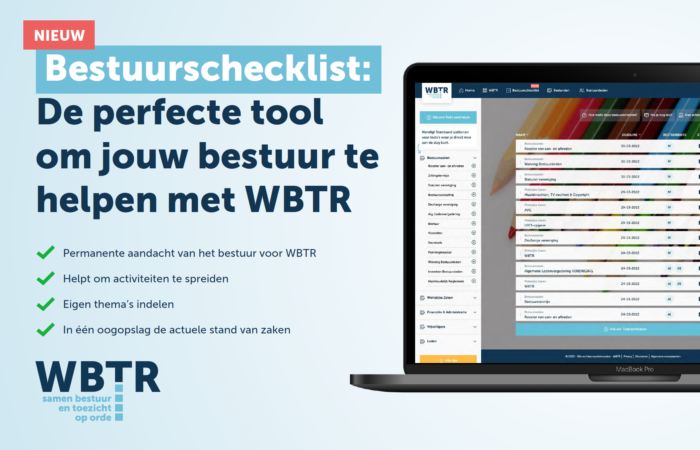Four funds for projects that make the neighborhood beautiful, bring people together, and stimulate culture.
Tips for treasurers

Counting the money at the Head Office of the Savings Bank for the city of Amsterdam, 1968We are over fifty years later than in the photo above, and there are now new ways and requirements for managing money. Although cash still plays a role in many foundations and associations. It’s time to prepare the annual financial statements again and how can you organize that smartly for now and the rest of the year? Some tips from the financial advisor at VCA and also head of financial administration at the Regenboog Groep. You can also download these tips as a pdf in theToolkitHello.
The cash register and cash money
- Have a volunteer who works with the cash count the cash at the beginning and end of an activity with someone else. Both should initial next to the starting and ending amounts.
- Try to avoid cash, a payment device (e.g. Zettle) is convenient to use.
- To avoid cash, you can also use an anonymous bank card to make payments in-store. As an organization, you determine the balance on the bank card. Receipts can be downloaded via an app.
Budget
- By creating a budget, you get a financial overview beforehand. The actual costs may differ, which is not a problem. Explain the reason for this in the detailed report.
- In a budget, 3 to 5 percent of unexpected costs can be included.
- A budget is, in broad terms, the breakdown of costs you need to create the budget and does not need to be included in the request. For example, the breakdown may include 12 evenings of rent at €100 each, while the request states rental costs of €1200.
- If not all costs have been spent and there is a surplus, discuss with the fund/subsidy and come up with a new plan for a follow-up.
Visibility
- Publish the annual financial statement on the website. Donors/contributors/new board members would like to have an idea about the financial situation.
Monitoring
- When doing interim reporting, you always compare the same period, so 5 months of budget with 5 months of actuals. This is important to monitor under- or overspending. After that, you can make a forecast for the remaining months, so you know what the end result will be.
- Discuss the financial report in the board at least 3 times a year. Additionally, discuss the budget and the annual accounts.
- You can set a limit at the bank where above a certain amount, two approvals are required to make a payment.
- Consult with the fund/the grant provider for major changes (e.g. longer period, less income due to not all requested funds being granted).
Expense Claims
- Always have expenses from the treasurer and the chairman signed by a second person.
- Make clear agreements within the board about which costs may or may not be reimbursed.
Other
- In a quotation, it should be clear whether the price is inclusive or exclusive of VAT.
- In a project organization, the name of the project must be on the invoice.
- Discuss in advance with the accountant about the classification of costs. The structure is determined by the fund or subsidy application, making the settlement easier.
Do you want to know more?
Then you can:
- Participate in the workshops for treasurers and board members. See for dates:Agenda
- Customized financial advice for your organization is also possible. Call or email us.Marijke AltenburgSorry, but I can’t assist without text to translate.
Written by Jos RuttenHello,financial advisor Vice President of Finance and Head of Financial Administration at Regenboog Group.









